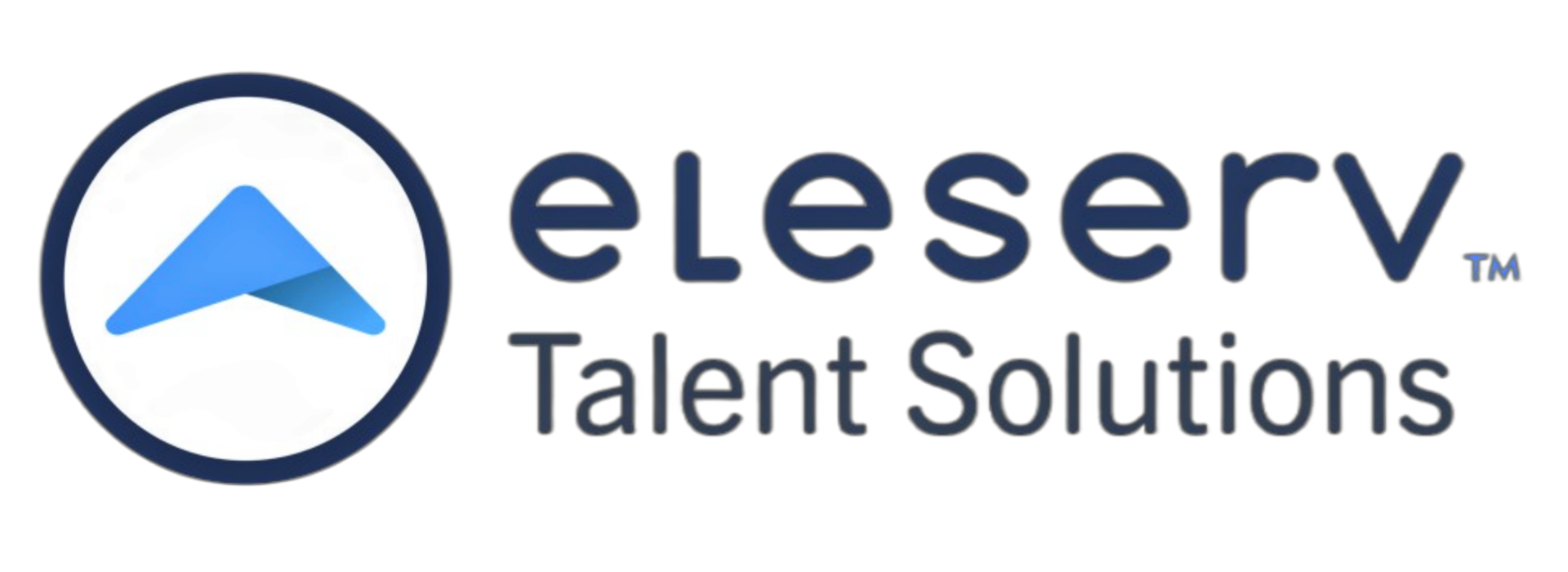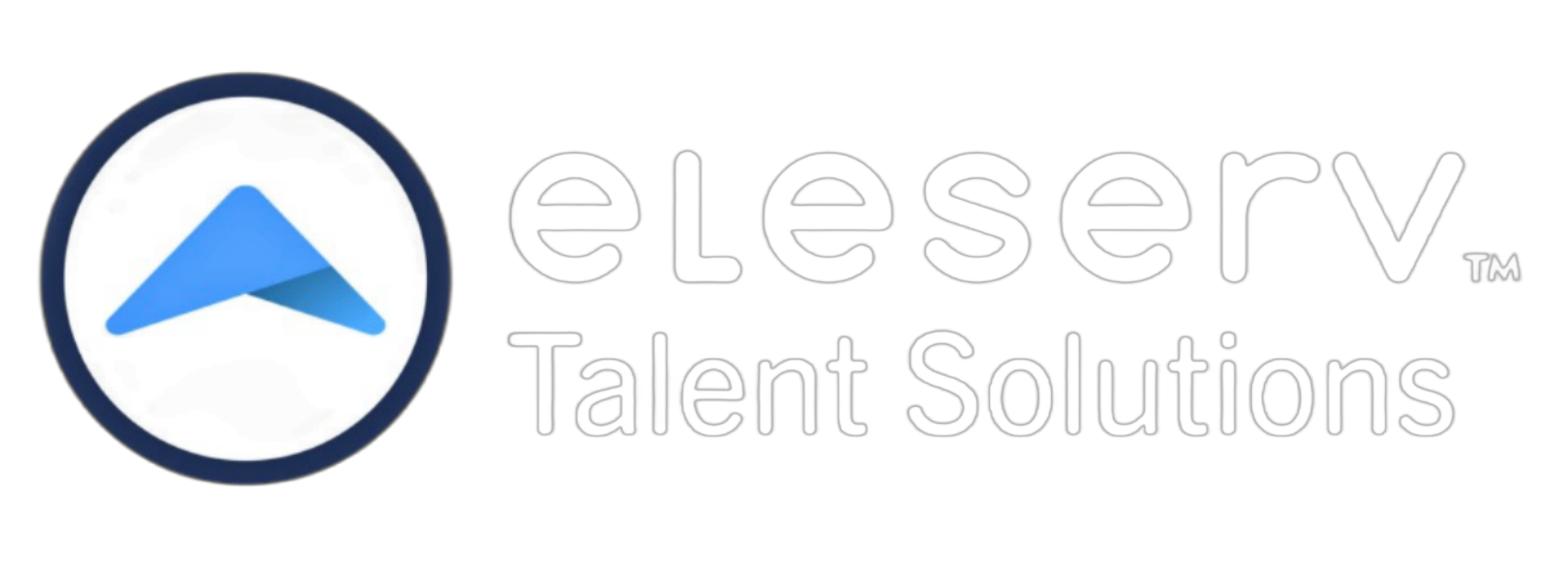Fighting for Change Alone: One HR Leader’s Story
For HR leaders in small and mid-size businesses, driving meaningful change can often feel like pushing a boulder uphill. There’s no shortage of challenges in the world of limited HR resources, mounting compliance pressures, the need to do more with less. But among all these, there’s one obstacle that quietly undermines progress more than any other: resistance to change.
This resistance doesn’t always come in the form of vocal opposition. Sometimes it’s subtle delay in approvals, a lack of enthusiasm, or simply inertia. Yet its impact is powerful, stalling innovation and keeping HR teams locked in outdated ways of working.
One of the most persistent forms of resistance comes from leadership itself. Despite the unmistakable evidence that better HR systems and smarter strategies can drive better business outcomes, many executive teams remain hesitant. Often, they fear the disruption that change might bring. They worry about costs and operational complexity. Most of all, they may not fully understand the value HR transformation can deliver because no one has framed it in terms that resonate with their priorities.
Then there are the tools—or lack thereof. Many SMBs continue to rely on outdated systems or manual processes that were never designed to scale. These legacy systems are often inefficient, time-consuming, and prone to human error. HR leaders know they need better solutions, but the thought of transitioning to innovative technology can feel overwhelming. With limited time, tight budgets, and the pressure to keep daily operations running smoothly, it’s no surprise that technology upgrades often get pushed to the back burner.
Even when leadership support is secured and systems are ready to evolve, HR leaders often encounter another kind of resistance this time from within the organization. Employees, especially managers, can be reluctant to embrace change. They may worry that new systems will complicate their workflows or disrupt routines they’ve grown comfortable with. And when leaders themselves aren’t modeling the change or clearly communicating its benefits, that skepticism only deepens.
Consider Toni, an HR Manager at a mid-sized company. She saw the potential that Eleserv’s solutions could bring to her team. She understood how streamlining processes and leveraging better data could free her up to focus on strategic initiatives rather than administrative firefighting. But when she presented her ideas to the executive team, she was met with hesitation. Without hard data and a compelling business case, her vision didn’t gain traction.
That’s when Toni turned to Eleserv not just for tools, but for guidance. Together, we helped her build a case that addressed her stakeholders’ concerns head-on. By focusing on measurable outcomes, long-term cost savings, and the broader strategic impact of better HR practices, she was able to shift the conversation. With the right story in hand, Toni secured leadership approval and moved forward with confidence. Today, she is not only implementing new systems, but she is also leading a cultural shift across her organization with leadership fully behind her.
At Eleserv, we understand that the hardest part of change isn’t choosing the right platform or rolling out a new process. It’s earning the trust and support of those who have the power to say yes. That’s why we don’t just provide services we help HR leaders like Toni build momentum by making the business case for transformation in a way that resonates with executives. We equip teams with tools to communicate value clearly, implement change strategically, and lead with confidence even in the face of skepticism.
If you’re tired of battling resistance alone, it might be time for an innovative approach. Let’s work together to turn hesitation into momentum and resistance into results. With the right partner by your side, change isn’t just possible, it’s powerful.


